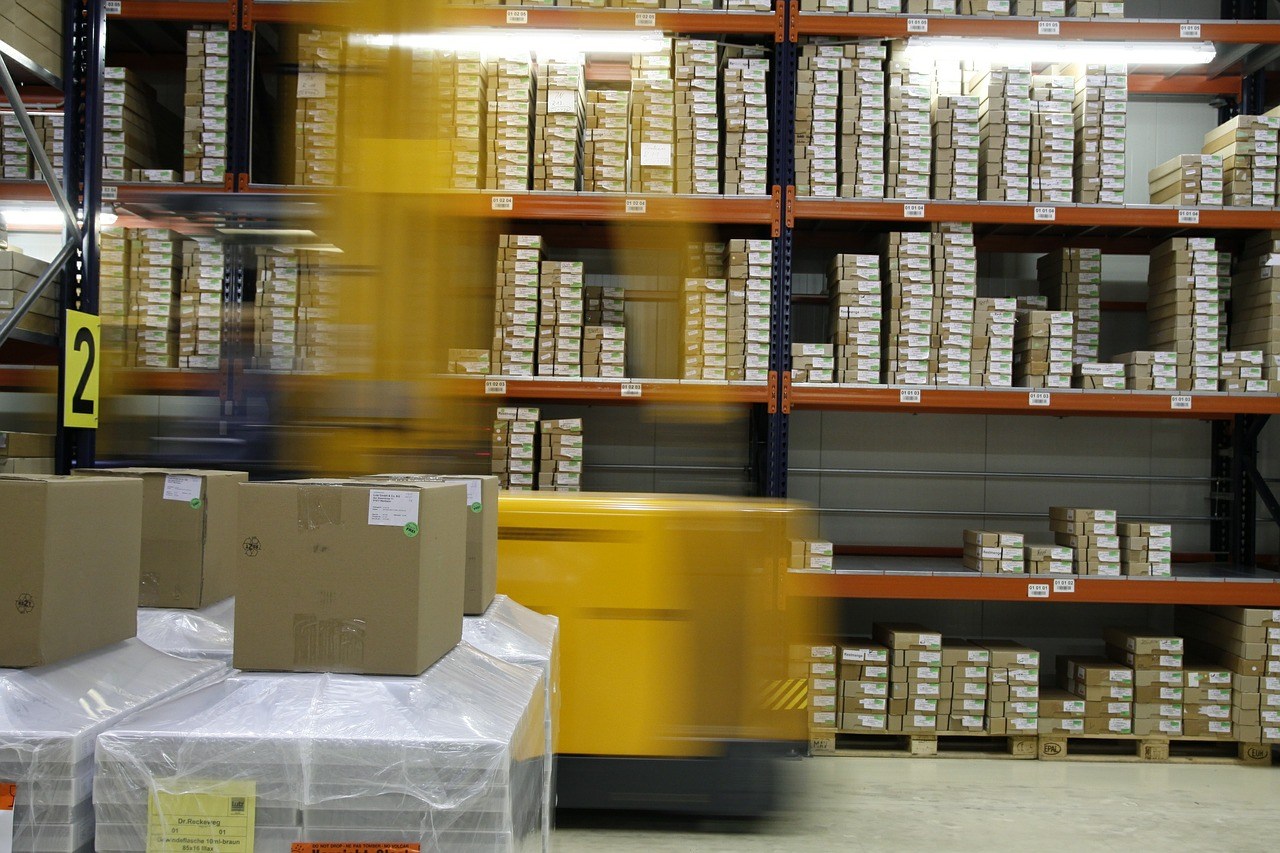Last year, Amazon sold more than 600 million products.
Most of these items were housed in one of 75 warehouses with 253 million square feet of space.
Fun fact: 9 square miles is about seven times as big as Central Park.
If you don’t want to do that math, that equates to a whopping 9 square miles of product.
Most of those items were stored and shipped directly to the consumer for Amazon professional sellers through a program called FBA.
What exactly is Fulfillment by Amazon (FBA) anyway?
With FBA, when a customer orders a listed product, Amazon employees (or robots) will pull the item from the correct location in the warehouse, package it, and ship it directly to the customer. If a customer has any questions about returning their purchase, Amazon will take care of it. It’s a pretty hands-off model -- the only thing sellers have to do it send the items to Amazon and they sort out the rest.

How Much does FBA cost?
Even though Amazon FBA fees seem expensive (usually about 38% of the sales price for a regular-sized item), the program frees up a lot of time you would otherwise spend on fulfillment, return, and/or shipping related customer support. Anyone who is a successful business owner will tell you time equals cash.
You also get a customer edge -- Prime users get free 2-day shipping on FBA items. Since most Amazon customers use Prime, they’re more likely to choose FBA products.
When should you NOT use FBA? There are a few good reasons, but first let’s talk about FBM.
What is FBM (Fulfillment by Merchant)?
FBM (Fulfillment by Merchant) puts YOU in front of the whole process. A customer puts in an order, and Amazon tells you to pack it, ship it, and upload a tracking number to your seller central account. If a customer needs to return an item, it will automatically come back to you.
Although it takes longer to get to the customer, you get a fast sale.
When selling something expensive or fragile, for example an $800 glass chandelier, fulfilling items yourself protects you on a few fronts. You have complete control over how your item is packaged. Amazon is notorious for shipping items with no packaging, sometimes leading to extensive damage. You can also purchase shipping insurance -- this ensures you’ll be reimbursed if something is destroyed. With FBA, getting Amazon to pay for damage can be tricky.
If you’re shipping something extraordinary large or heavy, sending the items yourself can save huge money on fees.

How much does it cost to sell on Amazon via FBM?
Using FBM, you typically pay a flat 15% fee. If I decide to to sell an entire backyard playset on Amazon, they will charge me by pound and I’ll be very poor, very quickly. However, arranging shipment myself would insure I can maintain a profit margin.
Here’s another scenario: Amazon has run out of a hot item. By the time I get the item, pack it, and ship it to a warehouse, it may take more than a week to sell. By then, Amazon will likely be in stock again and I’ll lose money. FBM means I can list the item and get a quick sale -- no waiting for boxes to ship and check in.
To better understand how FBA works, we recommend reading this "FBA Explained" article on the AZGIZMO blog.
When is FBM a bad option?
If you don’t have the infrastructure to store your inventory in a house or warehouse, it’s not a good choice. Your workflow and layout need to be carefully planned to avoid the chaos that can come with storing hundreds (or thousands!) of items.
If your business doesn’t have the manpower to ship everyday, don’t even consider taking fulfillment upon yourself. Amazon takes late and cancelled shipments seriously. One bad move can be the end of your business.
If you’re trying to fulfill items yourself that compete with Prime items, it’s rare that you’ll garner much sales volume. Prime users almost always pick free shipping -- why wouldn’t they?
Even if you want to Merchant Fulfill eventually, I suggest you learn the ropes with FBA first. It’s a lot easier to get an overview of how the system works when you’re not trying to order boxes and run to the post office everyday.
Sidenote: If you want a really mind blowing video this week, watch this video below. It give you a great idea of the power of FBA.
